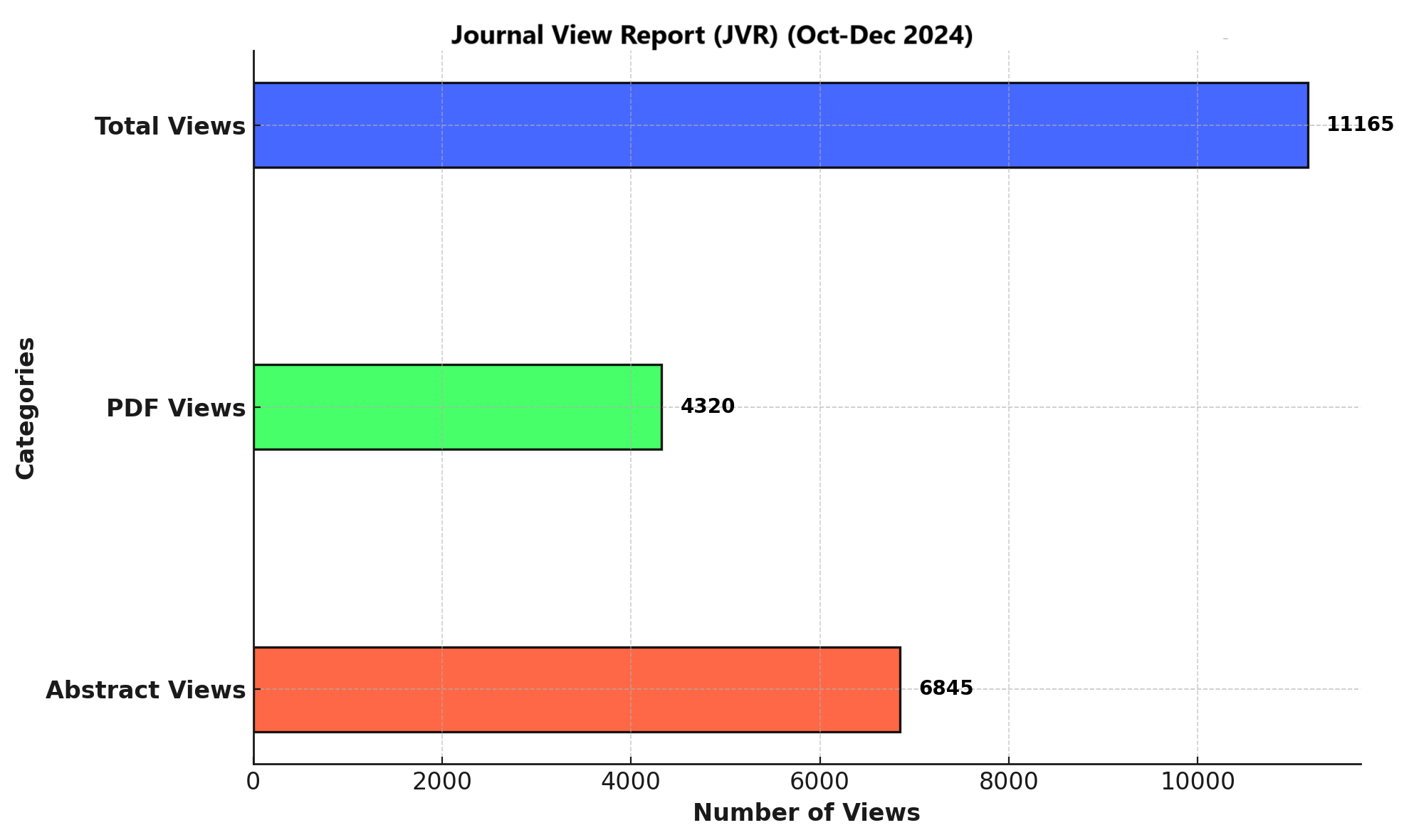IMPACT OF BLOOD FLOW RESTRICTION TRAINING (BFRT) VERSUS TRADITIONAL STRENGTH TRAINING IN KNEE OSTEOARTHRITIS ON PAIN AND QOL
DOI:
https://doi.org/10.71000/ijhr205Keywords:
Blood Flow Restriction Training, Exercise Therapy, Knee Osteoarthritis, Pain, Physical Function, Quality of Life, Strength TrainingAbstract
Background: Osteoarthritis (OA) is the third leading cause of disability worldwide, significantly impacting pain, physical function, and quality of life (QoL). Among its types, knee osteoarthritis (KOA) is the most prevalent, affecting over 80% of individuals with OA. Effective conservative management is crucial for mitigating its physical and social burden. Exercise therapy, including strength training, has been widely utilized; however, the comparative efficacy of blood flow restriction training (BFRT) and traditional strength training remains underexplored.
Objective: This study aimed to compare the impact of BFRT and traditional strength training on pain and QoL in patients with KOA.
Methods: This randomized controlled trial was conducted between March 2024 and August 2024, enrolling 38 patients with KOA using a purposive sampling technique. Participants aged 40–70 years with clinically and radiologically confirmed KOA experiencing moderate-to-severe symptoms were included. Patients with contraindications to BFRT, such as vascular disorders or recent surgeries, were excluded. The interventions included BFRT with low-load resistance and traditional high-load strength training. Pain and QoL were assessed using the Visual Analogue Scale (VAS) and the Knee Injury and Osteoarthritis Outcome Score (KOOS), respectively. Ethical considerations were followed throughout the study, and SPSS version 24 was used for statistical analysis.
Results: Baseline VAS scores were 7.4 ± 1.1 for the BFRT group and 7.3 ± 1.2 for the traditional group (p = 0.87). Post-intervention, VAS improved significantly in both groups, with BFRT showing a greater reduction (3.2 ± 1.0) compared to the traditional group (4.5 ± 1.1, p = 0.01). KOOS scores improved from 48.6 ± 6.9 to 72.3 ± 7.5 in the BFRT group and from 47.9 ± 7.2 to 64.7 ± 8.1 in the traditional group (p = 0.03). Both groups demonstrated significant improvements, with BFRT showing superior results.
Conclusion: Both BFRT and traditional strength training significantly improved pain and QoL in KOA patients, with BFRT yielding more pronounced benefits. BFRT offers a promising low-load alternative for managing pain and enhancing QoL in individuals with KOA.
Downloads
Published
Issue
Section
License
Copyright (c) 2024 Muhammad Danial Baig Chughtai, Muhammad Baber Ikram, Abdul Hannan, Umama Uzair, Aqsa Arif, Aleena Jafar, Resha Manahil (Author)

This work is licensed under a Creative Commons Attribution-NonCommercial-NoDerivatives 4.0 International License.







